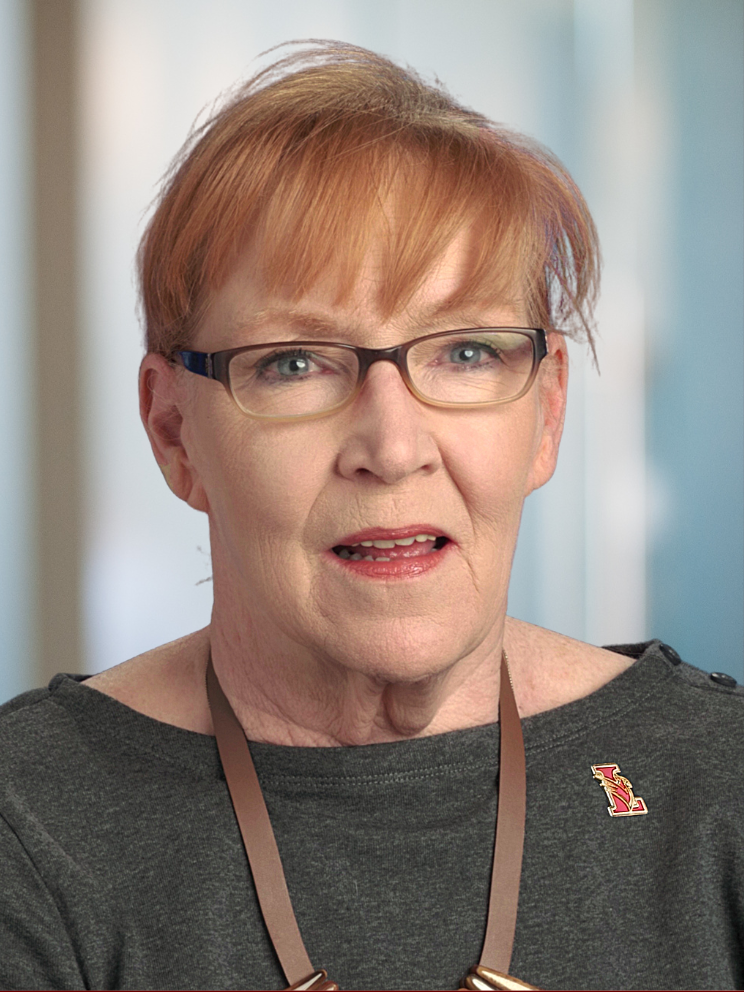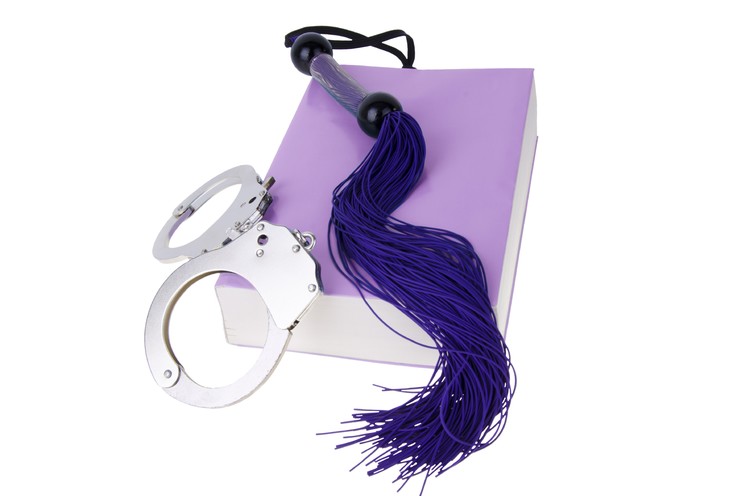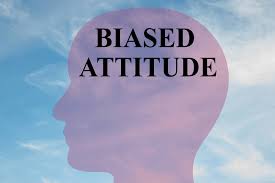It’s been in the headlines of weekly magazines, on the television talk shows, in the book clubs. I am talking about E.L. James’s best-selling novel, Fifty Shades of Grey (2012). And just when I thought we were so over that, the movie casting calls, and the speculation and hype that go with that, seem to be never ending, putting the provocative book in the news again.
When I heard the subject matter, it sounded like erotic fantasy, a genre that doesn’t interest me. But the buzz was unrelenting; even midlifers like me were devouring this book and passing their copies to friends. Eventually I caved and put my name on the waiting list at the public library. My number was very high, which indicated many borrowers were before me, but in just over a month, I had my library copy.
I asked one of my librarian friends if she’d read it. Oh yes, she admitted, she had read the entire trilogy. I offered that I understood it to be quite explicit with not much of a story. But she felt it was not so raunchy as I might think. I also had heard many libraries refused to purchase it because of the graphic sex, but she said libraries didn’t want to stock it because people steal books of this nature, being too embarrassed to check them out. Perhaps because folks are unwilling to be “caught” buying this book or checking it out from the library—or maybe even reading it—the book has impressive e-reader sales. In fact, half the trilogy’s total sales have come from e-books.
At its core, Fifty Shades is a romance. Christian Grey is an arrogant, wealthy, young bachelor with kinky sexual needs. Spunky-but-innocent college girl Anastasia Steel is inexplicably drawn to him and becomes his submissive lover. Whipping, spanking, bondage, he’s an über-control freak, if you get my drift. Who do you imagine would be reading this? Teenagers and college-aged readers are on the young end of the spectrum but the book is reaching male and female, straight and gay. And, clearly, midlife women like me.
The plot is virtually nonexistent, and the characters, one-dimensional. Yet in the United Kingdom and the United States, Fifty Shades of Grey topped best-seller lists and is the fastest-selling paperback of all time. Why? It’s simple. Sex sells.
If you see a woman sporting a shirt that says, I ♥ Christian, she’s likely not referring to her house of worship. The marketing madness associated with this phenomenon might surprise you. Not just lingerie, garters and stockings, but sex toys, vibrators, handcuffs and the like, with and without the Fifty Shades brand name.
I am not a fan of this book. I am neither shocked nor disgusted; romance novels and erotica are just not my thing. I read enough in the first volume of the trilogy that I didn’t need to seek out the other two. But I am intrigued by other people’s reactions to these books. Polite women are talking about sex instead of about the weather, and women I know who say they “don’t have time to read” made the time for this trilogy and are raving about the books and speculating about the movie. And feminists want to know what’s happened: all of a sudden, women are asking to be submissive, dominated by men.
I just don’t see it. I guess I’m the anticulture like the folks who produced this flow chart, “101 Books to Read This Summer Instead of ‘50 Shades of Grey.’”
Where do you stand on Fifty Shades? Are you turned off, impartial or eager to hear the casting call answered?

Pepper Evans works as an independent-living consultant, helping older adults age in place. She is the empty-nest mother of two adult daughters and has extensive personal and professional experience as a caregiver. She has worked as a researcher and editor for authors and filmmakers. She also puts her time and resources to use in the nonprofit sector and serves on the Board of Education in Lawrence Township, NJ.



